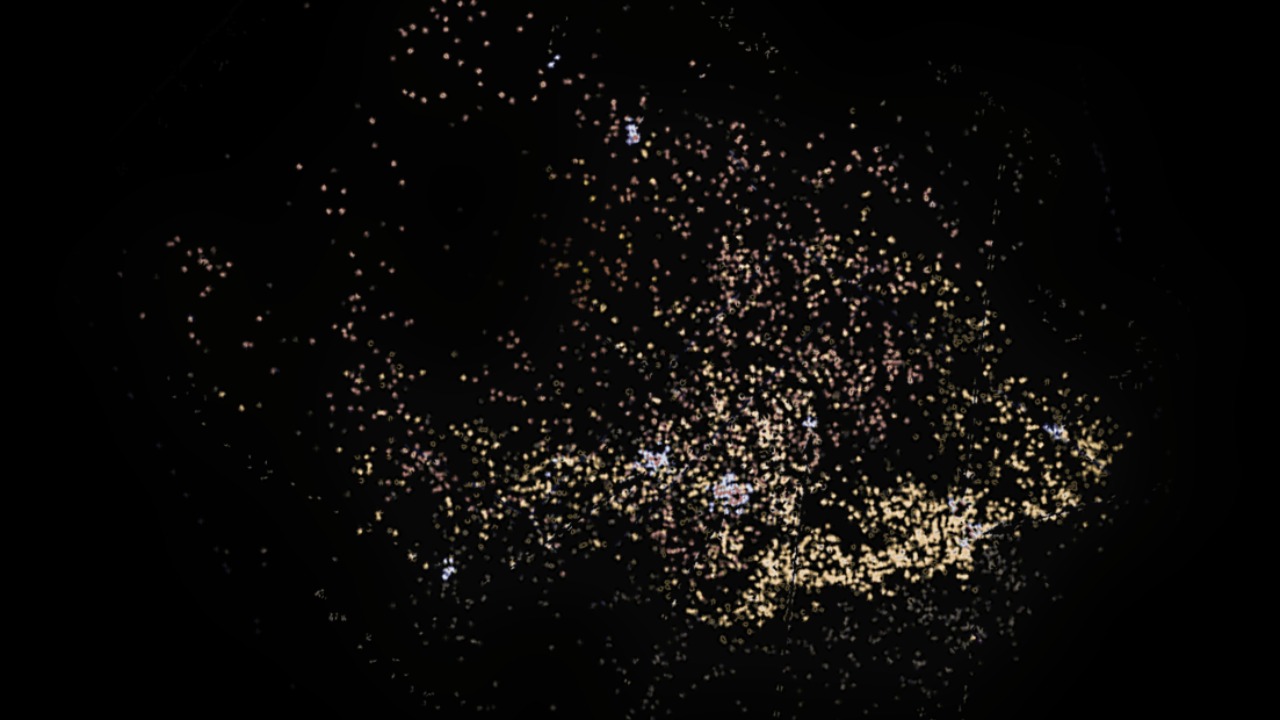
Recent astronomical studies suggest a compelling new perspective on our place in the universe: it is now believed to be 100 times more likely that Earth resides in a vast cosmic void. This paradigm-shifting possibility challenges previous models and provides fresh insights into the large-scale structure of the cosmos.
The Concept of Cosmic Voids
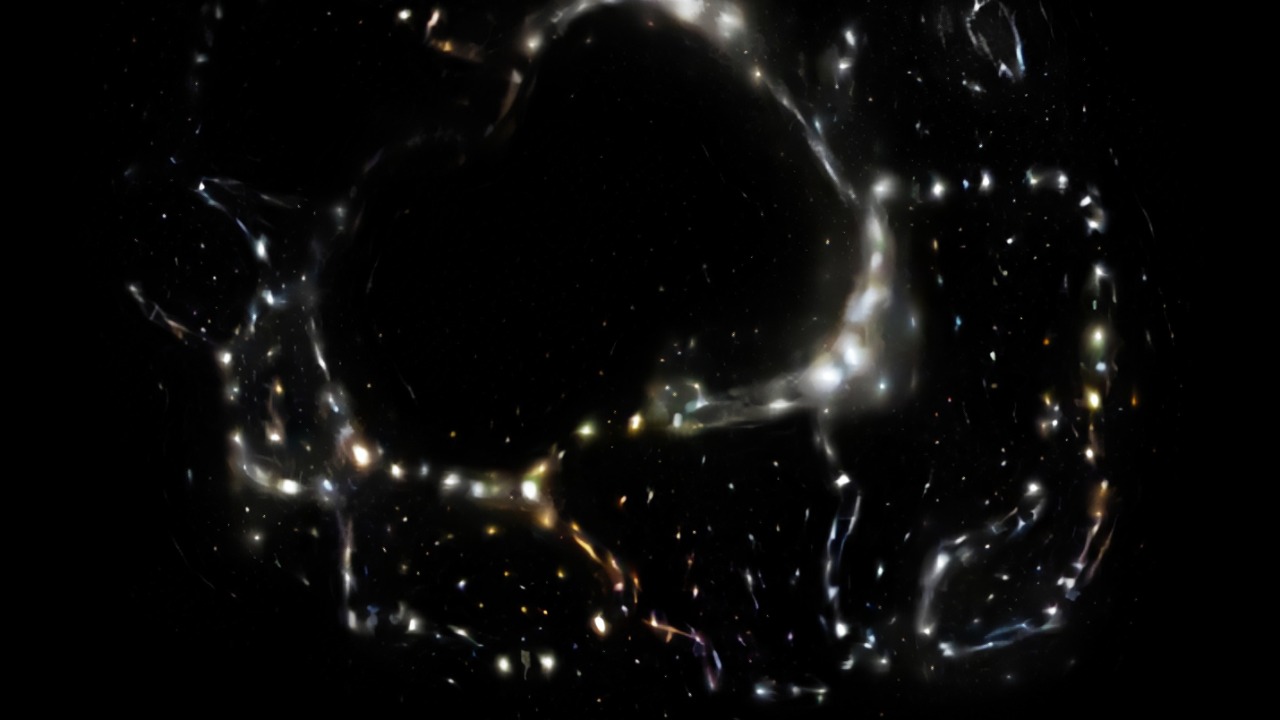
Cosmic voids are vast, empty regions in the universe that are sparsely populated with galaxies. These immense spaces stand in stark contrast to the denser regions of the universe, such as galaxy clusters and superclusters. Typically, voids contain a very low density of matter, making them some of the largest structures in the universe. They account for about 80% of the universe’s volume, yet only contain roughly 10% of its mass.
The concept of cosmic voids dates back to the late 20th century when astronomers first began to map the universe’s large-scale structure. The discovery of these voids was facilitated by redshift surveys, which helped identify regions with fewer galaxies than expected. This understanding of cosmic voids has been crucial for cosmologists trying to piece together the history of the universe’s formation and evolution. By examining these vast, empty regions, researchers gain insights into how galaxies and larger cosmic structures have developed over billions of years.
In cosmology, cosmic voids are essential for understanding the universe’s intricate web-like structure. They serve as natural laboratories for testing models of cosmic evolution and the distribution of dark matter. The study of voids can also illuminate the mysterious force known as dark energy, believed to drive the accelerated expansion of the universe. Understanding voids is therefore not only about addressing the ’empty’ parts of the universe but also about piecing together the broader cosmic puzzle.
Evidence Supporting Our Residence in a Void
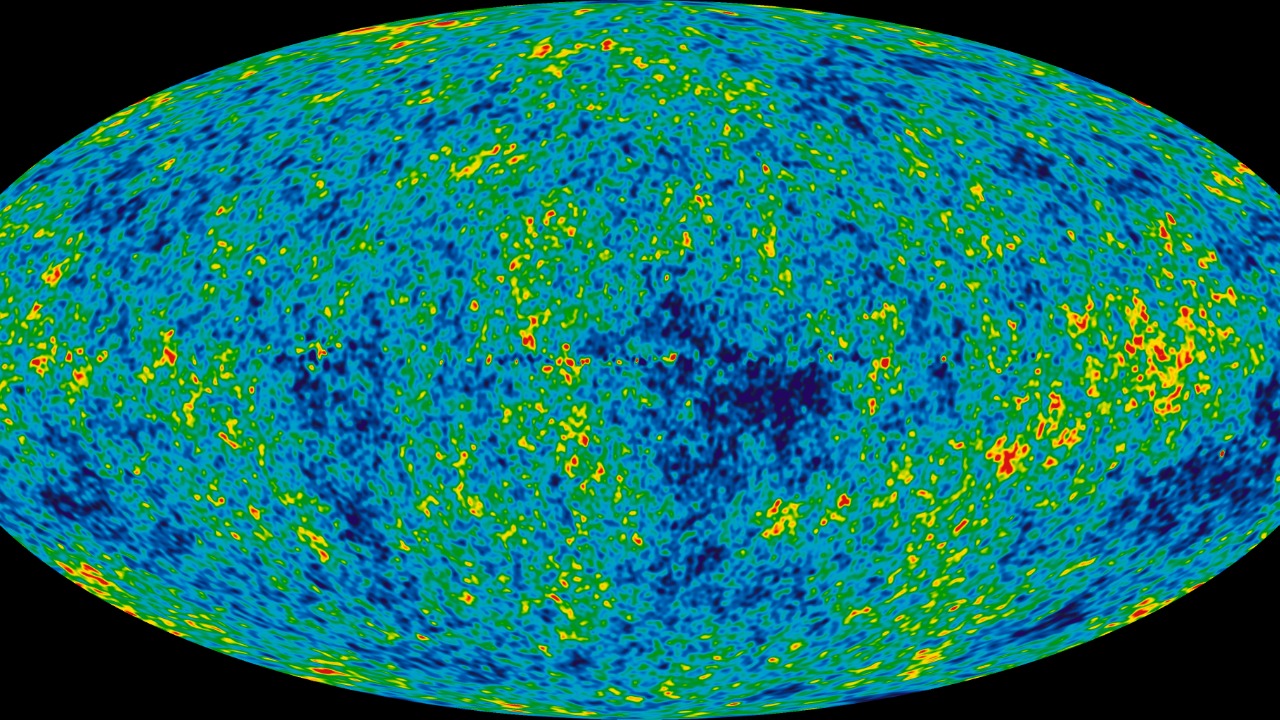
Recent studies have suggested that Earth might be located in a cosmic void, a claim that has sparked significant interest and debate among astronomers. Key research, such as the work conducted by a team at the University of Wisconsin-Madison, indicates that the distribution of galaxies and cosmic microwave background radiation could be consistent with our planet residing in a void. This theory posits that local observations of the universe, including anomalies in the cosmic microwave background, could be explained by our position in a less dense region of space.
To detect and analyze cosmic voids, astronomers employ a range of sophisticated methodologies. These include redshift surveys, which map out the distances and velocities of galaxies, and gravitational lensing, which observes the bending of light around massive objects. Such techniques allow researchers to identify and characterize voids with increasing precision. By understanding the properties and dynamics of these voids, scientists can refine their models of the universe’s structure and evolution.
Our potential location in a cosmic void could have significant implications for observations of the cosmic microwave background (CMB). The CMB is the afterglow of the Big Bang, and its uniformity is one of the key pieces of evidence supporting the standard model of cosmology. If Earth is indeed situated within a void, it could lead to variations in the CMB that might otherwise be attributed to other cosmological phenomena. Such a scenario could necessitate a reevaluation of some of the fundamental assumptions about the early universe and its subsequent expansion.
Impacts on Cosmological Models
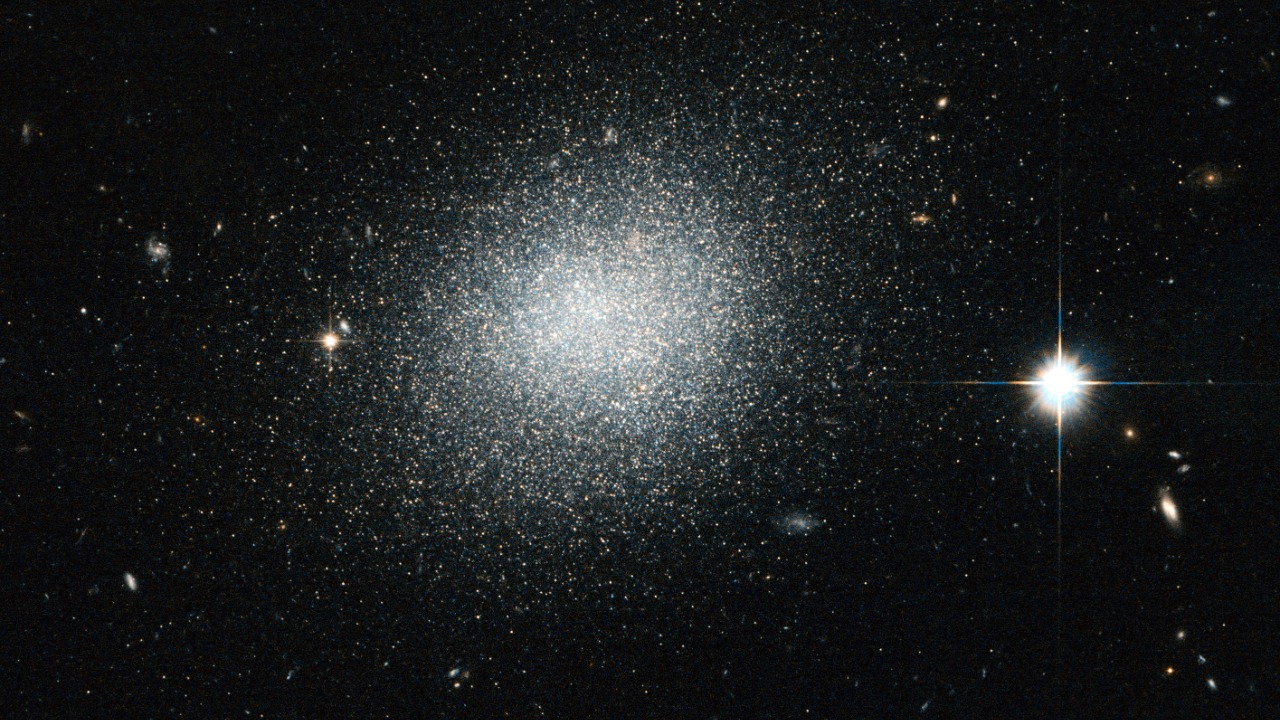
The possibility that Earth resides in a cosmic void has profound implications for cosmological models, particularly the widely accepted Lambda Cold Dark Matter (ΛCDM) model. This model posits that the universe consists of cold dark matter and dark energy, which together drive the expansion of the universe. If we are indeed located in a void, it could necessitate adjustments to the ΛCDM model to account for the unique local conditions and their impact on observed cosmic phenomena.
Dark energy, a mysterious force believed to be responsible for the accelerated expansion of the universe, might also be understood differently if our cosmic neighborhood is a void. The presence of a void could influence measurements of cosmic expansion, potentially leading to new insights into the nature of dark energy and its role in the universe. These findings could challenge existing theories and prompt the development of new models to explain the universe’s large-scale structure and behavior.
Moreover, the increased likelihood of residing in a void calls for a reevaluation of theories concerning the large-scale structure of the universe. Traditional models that do not account for the potential influence of voids on cosmic evolution may need to be revised or expanded. By incorporating voids into our understanding of the universe, scientists can develop more comprehensive models that better reflect the complexity and diversity of cosmic structures.
Challenges and Criticisms

The hypothesis that Earth is located in a cosmic void has sparked considerable debate and criticism within the scientific community. Skeptics point out that the evidence supporting this idea is still preliminary and requires further validation. Some researchers argue that the current observational data may not be sufficient to definitively confirm our residence in a void, and that alternative explanations for observed cosmic phenomena should be considered.
One of the main challenges faced by astronomers in confirming the void hypothesis is the limitation of current observational data. While techniques such as redshift surveys and gravitational lensing have improved our understanding of cosmic voids, they are not without limitations. The vast distances and scales involved in studying the universe present significant obstacles to collecting and interpreting data with the precision needed to confirm the void hypothesis.
Future research directions will likely focus on improving observational techniques and gathering more comprehensive data to test the void hypothesis. This may involve the development of new technologies and methodologies to enhance our ability to map and analyze the universe’s large-scale structure. As researchers continue to probe the depths of space, they may uncover new evidence that either supports or refutes the idea of our residence in a cosmic void.
The Broader Implications for Humanity
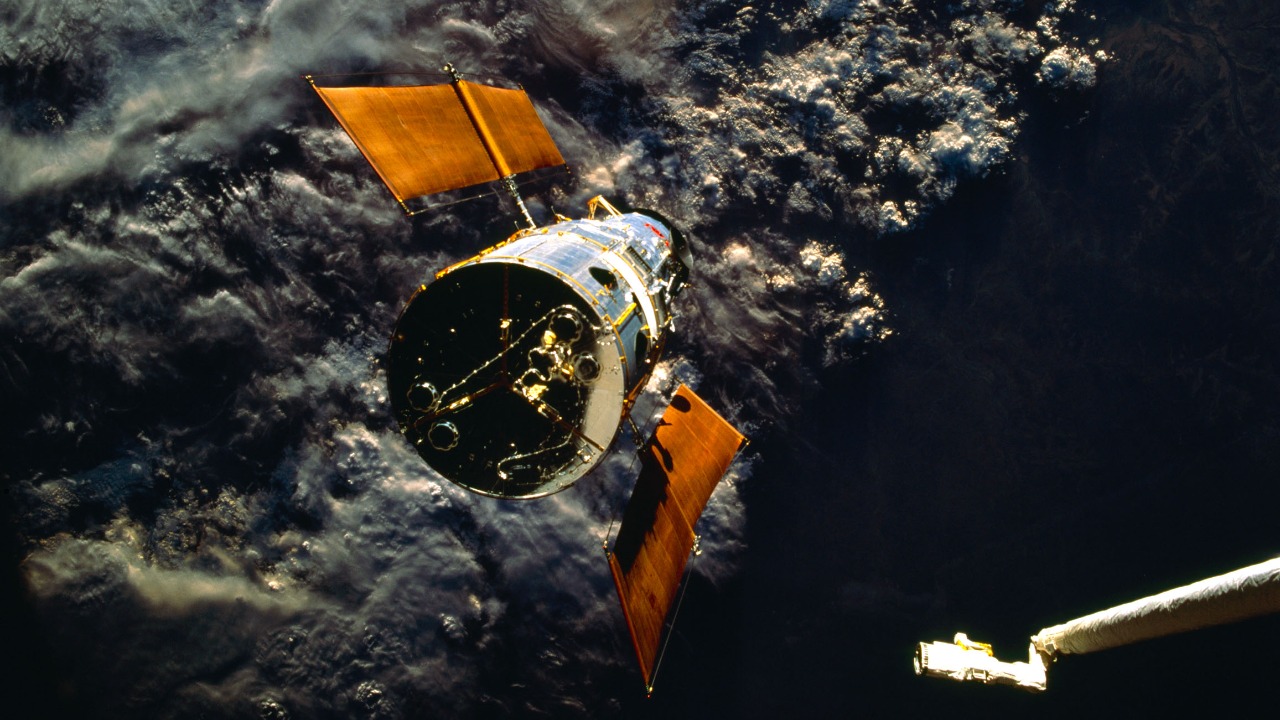
The notion that we might reside in a cosmic void carries profound philosophical and existential implications for humanity. It challenges our understanding of our place in the universe and invites us to reconsider the nature of our cosmic neighborhood. By expanding our perspective beyond the familiar confines of our galaxy, we gain a deeper appreciation for the vastness and complexity of the cosmos.
From a practical standpoint, the potential knowledge of residing in a void could influence future space exploration and technological advancements. Understanding the unique conditions of our cosmic environment might inform the design of space missions and the development of technologies aimed at exploring and studying the universe. It could also inspire new approaches to addressing the challenges of space travel and exploration.
Educational and public engagement will play a crucial role in advancing our understanding of cosmic structures and their implications for humanity. By fostering interest in astronomy and cosmology, we can inspire future generations of scientists and researchers to explore the mysteries of the universe. Public interest and education will be key to driving the scientific inquiry needed to unravel the secrets of cosmic voids and their place in the broader cosmic tapestry.